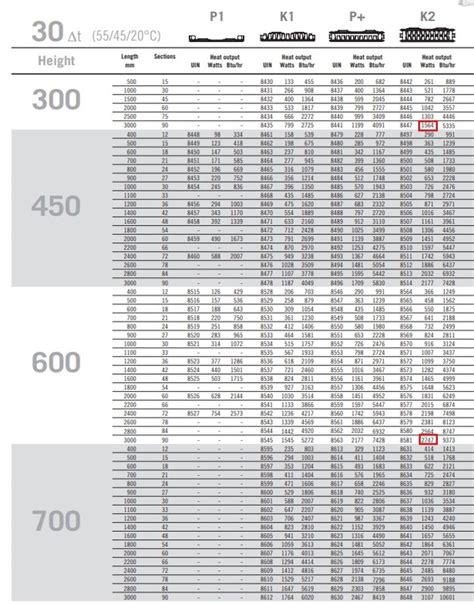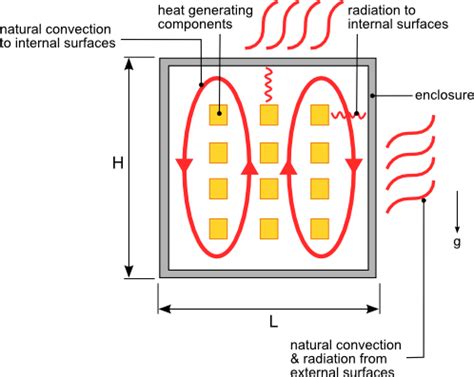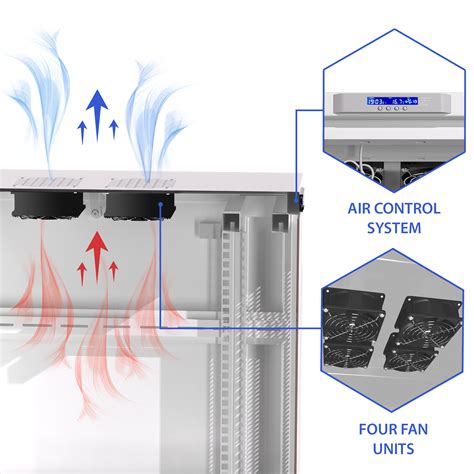calculate heat dissipation in electrical enclosures heat dissipated in the enclosure (in watts) by the enclosure surface area (in square feet). Locate on the graph the appropriate input power on the horizontal axis and draw a line vertically until it intersects the temperature rise curve. . Whites, beiges, and tans tend to be the most energy-efficient roof colors. If you live in a warm climate, avoid dark-colored roofing. Metal roofing and cedar shakes are some of the most energy-efficient materials. You may not want a cool roof if you live in a cold climate.
0 · solar heat dissipation chart
1 · heat dissipation in sealed enclosures
2 · heat dissipation in enclosed cabinet
3 · heat dissipation graph
4 · heat dissipation chart
5 · electrical heat dissipation calculator
6 · electrical enclosure heat dissipation
7 · calculate heat dissipation
A 3-axis CNC machine, such as a lathe, mill, or machine tool center, moves its tool (whether it’s a cutter, drill, or mill) along the X (left to right), Y (front to back), and Z (up and down) axes. More specifically, it can move either horizontally (X-Y axes) or vertically (Z axis) to control the cutting depth.
solar heat dissipation chart
junction box for 1 1 4 conduit
heat dissipation in sealed enclosures
Calculating BTU/hr. or Watts: Determine the heat generated inside the enclosure. Approximations may be necessary. For example, if you know the power generated inside the unit, assume 10% of the energy is dissipated as .Calculating an electrical enclosure's heat dissipation rate is the first step to prolonging the life of your electrical components. Use the following information to calculate input power and temperature rise and determine the heat dissipation .First calculate the surface area of the enclosure and, from the expected heat load and the surface area, determine the heat input power in watts/ft.2 Then the expected temperature rise can be .
heat dissipated in the enclosure (in watts) by the enclosure surface area (in square feet). Locate on the graph the appropriate input power on the horizontal axis and draw a line vertically until it intersects the temperature rise curve. .To choose the most suited climate control solution for an enclosure, it is necessary to calculate the heat loss, ‘Qv’, in the enclosure. The following parameters also need to be calculated. Qv - .This enclosure heat calculator allows a user to input anticipated watts, finished surface, and enclosure dimensions to detail heat rise. Anticipated watts derive from power-consuming devices inside the panel.

Accurately calculating the temperature rise of each component housed inside the enclosure is a complicated task that is best accomplished using computational fluid dynamics and heat transfer software. Here’s a simplified set of steps for calculating an electrical enclosure’s temperature rise: First, find the input power, expressed in watts per square foot. Take the amount of heat dissipated within the enclosure in watts .
junction box for ethernet cables
The objective of this White Paper is to summarise the factors required to calculate the electrical cabinet thermal dissipations. How to define the ΔT valid for determining the thermal dissipation in the cabinet heating . This calculator can tell you the approximate temperature rise in the box, which you can apply. Note: this calculator deals only with conduction, not radiation. The thermal conduction values are nominal or average values for .Calculating BTU/hr. or Watts: Determine the heat generated inside the enclosure. Approximations may be necessary. For example, if you know the power generated inside the unit, assume 10% of the energy is dissipated as heat. For heat transfer from the outside, calculate the area exposed to the atmosphere except for the top of the control panel.Calculating an electrical enclosure's heat dissipation rate is the first step to prolonging the life of your electrical components. Use the following information to calculate input power and temperature rise and determine the heat dissipation rate.

First calculate the surface area of the enclosure and, from the expected heat load and the surface area, determine the heat input power in watts/ft.2 Then the expected temperature rise can be read from the Sealed Enclosure Temperature Rise graph.heat dissipated in the enclosure (in watts) by the enclosure surface area (in square feet). Locate on the graph the appropriate input power on the horizontal axis and draw a line vertically until it intersects the temperature rise curve. Read horizontally to determine the enclosure temperature rise; Example: What is the temperature rise that can beTo choose the most suited climate control solution for an enclosure, it is necessary to calculate the heat loss, ‘Qv’, in the enclosure. The following parameters also need to be calculated. Qv - Heat loss installed in the enclosure (W) Qs - Thermal radiation via enclosure surface Qs = k *A * ∆T Qk - Required useful cooling output (W)
This enclosure heat calculator allows a user to input anticipated watts, finished surface, and enclosure dimensions to detail heat rise. Anticipated watts derive from power-consuming devices inside the panel.
Accurately calculating the temperature rise of each component housed inside the enclosure is a complicated task that is best accomplished using computational fluid dynamics and heat transfer software.
Here’s a simplified set of steps for calculating an electrical enclosure’s temperature rise: First, find the input power, expressed in watts per square foot. Take the amount of heat dissipated within the enclosure in watts and divide it by .
The objective of this White Paper is to summarise the factors required to calculate the electrical cabinet thermal dissipations. How to define the ΔT valid for determining the thermal dissipation in the cabinet heating condition and the one used to calculate the same in the case of cooling is explained.
This calculator can tell you the approximate temperature rise in the box, which you can apply. Note: this calculator deals only with conduction, not radiation. The thermal conduction values are nominal or average values for that material class.Calculating BTU/hr. or Watts: Determine the heat generated inside the enclosure. Approximations may be necessary. For example, if you know the power generated inside the unit, assume 10% of the energy is dissipated as heat. For heat transfer from the outside, calculate the area exposed to the atmosphere except for the top of the control panel.Calculating an electrical enclosure's heat dissipation rate is the first step to prolonging the life of your electrical components. Use the following information to calculate input power and temperature rise and determine the heat dissipation rate.First calculate the surface area of the enclosure and, from the expected heat load and the surface area, determine the heat input power in watts/ft.2 Then the expected temperature rise can be read from the Sealed Enclosure Temperature Rise graph.
heat dissipated in the enclosure (in watts) by the enclosure surface area (in square feet). Locate on the graph the appropriate input power on the horizontal axis and draw a line vertically until it intersects the temperature rise curve. Read horizontally to determine the enclosure temperature rise; Example: What is the temperature rise that can be
To choose the most suited climate control solution for an enclosure, it is necessary to calculate the heat loss, ‘Qv’, in the enclosure. The following parameters also need to be calculated. Qv - Heat loss installed in the enclosure (W) Qs - Thermal radiation via enclosure surface Qs = k *A * ∆T Qk - Required useful cooling output (W)This enclosure heat calculator allows a user to input anticipated watts, finished surface, and enclosure dimensions to detail heat rise. Anticipated watts derive from power-consuming devices inside the panel.Accurately calculating the temperature rise of each component housed inside the enclosure is a complicated task that is best accomplished using computational fluid dynamics and heat transfer software.
Here’s a simplified set of steps for calculating an electrical enclosure’s temperature rise: First, find the input power, expressed in watts per square foot. Take the amount of heat dissipated within the enclosure in watts and divide it by . The objective of this White Paper is to summarise the factors required to calculate the electrical cabinet thermal dissipations. How to define the ΔT valid for determining the thermal dissipation in the cabinet heating condition and the one used to calculate the same in the case of cooling is explained.

What does a Sheet Metal Worker do? A Sheet Metal Worker allows construction projects and manufacturing processes to be successfully completed to benefit both their employer and the customer.
calculate heat dissipation in electrical enclosures|heat dissipation in sealed enclosures